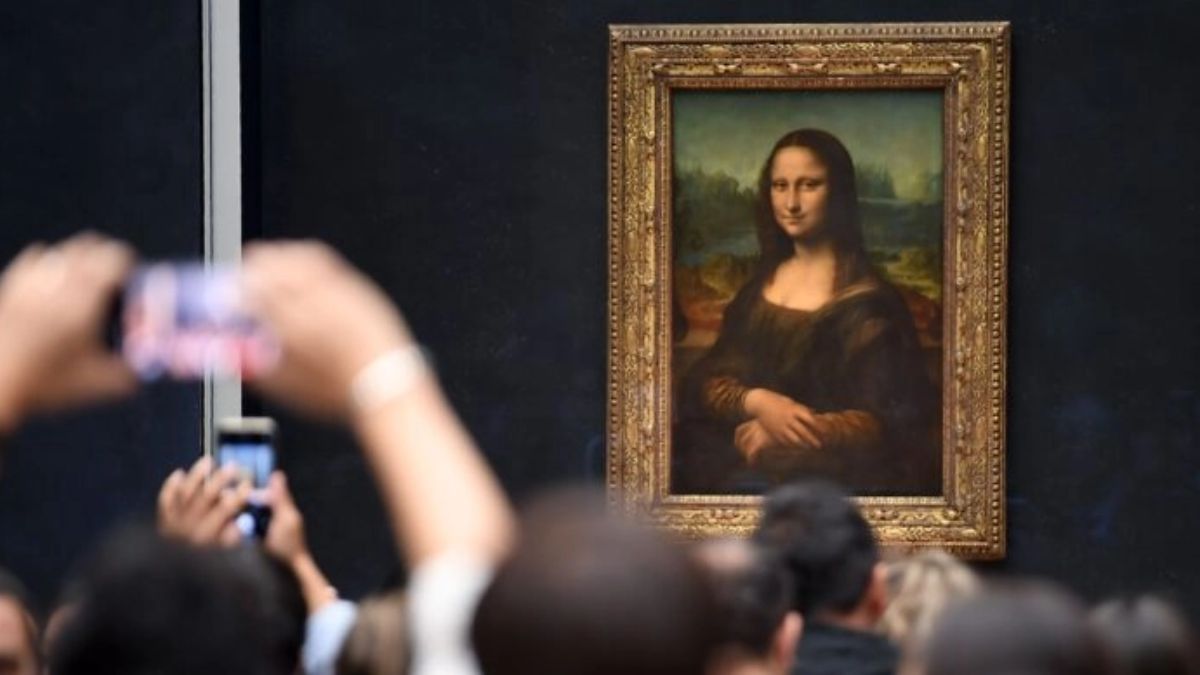A trip to France is about to get heavier on the pockets.
Recently, France proposed to add a surcharge on tickets for non-European Union (EU) nationals visiting famous attractions in the country such as the Louvre Museum, home to the iconic Mona Lisa, the historic Notre Dame cathedral, and more.
This means, visiting France for International tourists outside of the EU, including for Brits, is about to get more expensive.
Here’s a closer look at the situation.
What’s going on?
This week, France’s Culture Minister, Rachida Dati, proposed that tourists visiting popular attractions should pay an additional €5 (Rs 454) entrance fee.
This surcharge could raise the cost of visit to France’s renowned Louvre Museum from the current €22 (around Rs 2,000) to €25-€30 ( approximately Rs 2,200- 2,700) by 2026 for British and other non-EU visitors.
According to government sources quoted by The Independent, the French cannot impose the extra costs on fellow EU members, because of the rules of the organisation.
The minister further suggested that it was not fair for French people to have to pay for their heritage sites, which are major tourist attractions. She said, “Is it normal for a French visitor to pay the same price for entry to the Louvre as a Brazilian or Chinese visitor?"
“The French people should not have to pay for everything on their own,” she added.
The Louvre, which houses masterpieces like Leonardo da Vinci’s Mona Lisa, the Venus de Milo, and Liberty Leading the People, attracts over nine million visitors each year, with more than two-thirds being international tourists. Dati is also seeking to implement a similar surcharge for other iconic sites, such as the Palace of Versailles and the Musée d’Orsay.
Additionally, she wants non-EU tourists to pay a “symbolic charge” for entry to the Notre Dame cathedral when it reopens on December 7. The cathedral is currently undergoing reconstruction following the devastating fire five years ago.
“My position is very clear—I want visitors from outside the EU to pay more for their entrance ticket and for this supplement to finance the renovation of the national heritage,” Dati stated in an interview with French daily Le Figaro.
The surcharge would help generate approximately €75 million annually, which the minister believes would be sufficient to “save all the churches in France.”
Also read: You will have to pay more if visiting the Eiffel Tower in Paris. Here’s why
The backlash
Following France’s proposal, the UK, which left the EU in 2016, complained about the move.
Culture Secretary Chris Bryant hit back at the “premium charging” and wrote on X, “Hi there France. Fully understand the problem with financing cultural heritage but I hear you’re thinking of premium charging non-EU visitors to the Louvre. UK national galleries and museums like @britishmuseum @NationalGallery are FREE to all. You’re welcome. Je vous en prie."
The phrase “Je vous en prie” translates to “you’re welcome” in French.
Hi there France. Fully understand the problem with financing cultural heritage but I hear you’re thinking of premium charging non-EU visitors to the Louvre. UK national galleries and museums like @britishmuseum @NationalGallery are FREE to all. You’re welcome. Je vous en prie.
— Chris Bryant (@RhonddaBryant) October 25, 2024
Additionally, the move to charge visits to Notre Dame cathedral has also invited criticism from France’s Catholic church, reported The Guardian.
Churches and cathedrals must be able to “welcome all, unconditionally – thus necessarily free of charge – regardless of religion, belief, opinions and financial means”, the diocese of Notre Dame said in a statement.
Stephane Bern, a heritage advisor to President Emmanuel Macron , said, “It’s the house of God; it must be free then. But is it really so bad to charge tourists in shorts, with cameras round their necks?”
It’s not just France
Countries across Europe have also started to introduce and increase daily tourist feed to combat overtourism, including Venice, Barcelona , and Lake Como.
Just this week, Italy announced that the following year Venice will nearly double the number of days on which day trippers need to pay €5 to enter the World Heritage city.
In Greece, visitors heading to popular islands like Mykonos and Santorini will be charged £16 (Rs.1,746) during peak seasons, to tackle the surge in tourists from cruise ships.
Meanwhile, Porto, Portugal’s second city, has revealed plans to raise its daily tourist fee by 50 per cent. This increase is intended to support various local initiatives, including cultural preservation, environmental efforts, and urban development. Lisbon, the capital, has already adopted a similar approach.
As a result, the cost of tourism is rising across the globe, making travel to these popular destinations increasingly expensive.
With input from agencies


)

)
)
)
)
)
)
)
)



